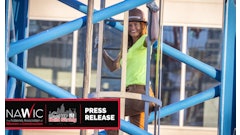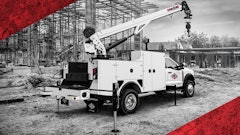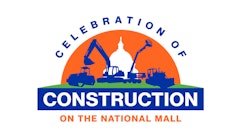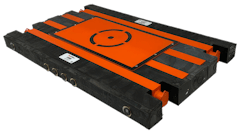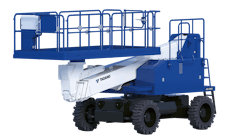
Contractors, states and municipalities are now requesting or requiring a qualified rigger and signal person certification, which differs from in the past.
According to the Occupational Safety and Health Administration (OSHA), in its 2010 Subpart CC Cranes and Derricks in Construction standard, it does not require a certification. However, it does call for a ‘qualified evaluator’ to ensure that the rigger or signal person is qualified.
However, many contractors, States and municipalities believe that an apprenticeship program that trains and accesses a signal person or rigger is not enough. Instead, they request that the signal person and rigger be certified by an accredited association.
Iron Workers (IW) responds to this call of action and sets the standard for the industry. As of April 22, 2021, IW received accreditation from the National Commission for Certifying Agencies for its third-party Rigger and Signal Person Certification.
“A true certification requires testing, record keeping and recertification by a third party,” said IW Executive Director of Apprenticeship and Training Lee Worley. “Third party training and certification comes with a hefty price tag – all without input on testing from subject matter experts, ironworkers and their contractors. Recertification can cost up to $500.”
However, with the sponsorship from IMPACT, the program was launched this year — eliminating the high price tag of certification.
In order to make sure the certification is thorough, the Ironworker International Certification Board is working with experts and a Nocti Business Solutions accredited job analysis facilitator. The testing components were derived from Job Task Analysis (JTA), and received feedback from people within the industry, including apprenticeship coordinators, ironworkers and contactors.
In addition, the certification process will be administered under a secure learning management system and supervision.
“It is a monumental achievement,” said Worley. “Our exam eligibility requirements include 6,000 hours of rigging related experience, completion of a 3-part exam, and recertification by full testing every 5 years.
“This certification will enable the Ironworkers to meet industry demands, and we are excited to bring this level of professionalism to our Industry.”
Information and Insights provided by Iron Workers (IW) and edited by Chantal Zimmermann.












